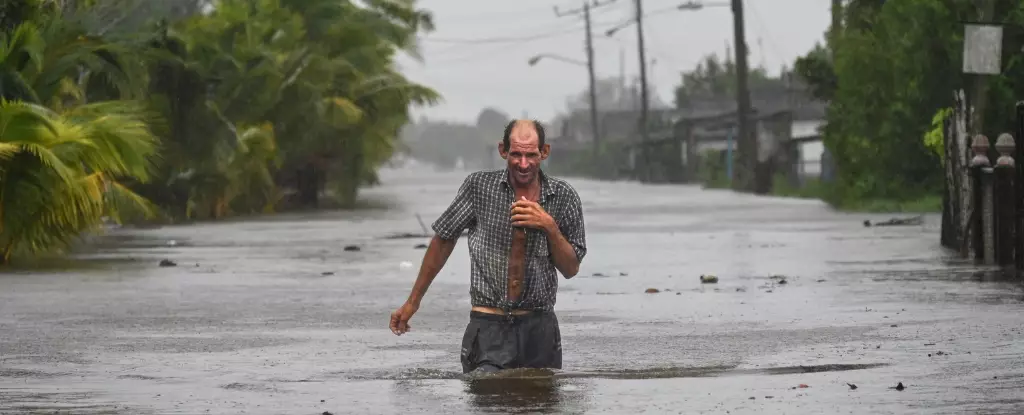Natural disasters, particularly tropical cyclones, often leave a stark, immediate impact on communities, bringing about loss of life, property destruction, and emotional trauma. While the media frequently broadcasts the immediate effects of such storms, a recent study reveals a shocking truth: the long-term death toll caused by these disasters is substantially higher than what official reports indicate. This article explores the nuances of this issue, examines the underlying causes and implications, and emphasizes the urgent need for better disaster preparedness and response.
Reinterpreting Death Toll Figures
The conventional narratives surrounding cyclones often focus on the immediate casualties. For instance, the recent Hurricane Helene and Typhoon Krathon have drawn attention due to their immediate fatalities, with reports suggesting a combined death toll of over 170 in a matter of days. However, a study analyzing 501 tropical cyclones that impacted the continental US from 1930 to 2015 estimated that the death toll is, astonishingly, 300 times greater in the long term when indirect deaths are considered. The average reported fatalities per event were around 24, yet when factoring in long-term effects, the averages soared to between 7,000 and 11,000 deaths per cyclone.
The study indicates that cyclones contribute significantly to mortality rates in affected regions, accounting for approximately three to five percent of all deaths on the US Atlantic coast over the analyzed period. This translates to a staggering potential death toll of up to five million, raising alarm about the dire consequences of these natural disasters that go beyond the immediate aftermath. The implications stretch well beyond personal tragedies, suggesting that cyclones could even surpass fatalities from car accidents, infectious diseases, or warfare.
Researchers have highlighted that many of these additional deaths are not directly linked to the storm itself but rather to the cascading effects that follow. Factors such as economic downturns, infrastructure destruction, and ecological degradation lead to health complications that manifest years later. A personal example presented in the study illustrates how individuals may deplete their retirement funds for immediate reconstruction needs, only to later confront financial despair when healthcare expenses arise.
The impact of cyclones is not evenly distributed across demographics. The study’s findings brought to light the heightened vulnerability of certain populations, particularly Black individuals, emphasizing that living in cyclone-affected areas correlated with a staggering 15.6 percent of all Black deaths between 1930 and 2015. Disparities in health outcomes highlight systemic inequities exacerbated by the aftermath of cyclones that disproportionately affect marginalized communities.
Furthermore, the research uncovered alarming data regarding infants born years after a cyclone, who face increased mortality risks in impacted regions. This underscores the importance of understanding how disasters reverberate through generations, perpetuating cycles of poverty and health disparities.
Regional Resilience and the Role of Climate Change
While states like Florida, which frequently experience hurricanes, exhibit a certain level of resilience, those with less exposure may suffer even more significantly when these events become common in their regions due to climate change. Young, a key researcher in the study, cautions that as cyclones increase in intensity and frequency, novel areas could find themselves unprepared for the accompanying public health crises, leading to potentially higher mortality rates.
Additionally, the study reinforces the need for integrated disaster response strategies that address not only immediate needs post-cyclone but also long-term recovery and health support. Planning and investment in resilient infrastructure and community health systems are vital for mitigating the cascading effects of tropical cyclones.
The concluding message of the study is clear: the long-term impacts of tropical cyclones must be part of our disaster management discourse. Policymakers and community leaders must recognize that the costs of cyclones extend far beyond what is visible in the immediate aftermath. Increased awareness and support systems will be crucial in building resilience among communities that regularly confront these life-altering events. As climate change influences the frequency and intensity of cyclones, the time for action is urgent—failure to heed these warnings may result in an escalated human toll, reinforcing cycles of vulnerability far deeper than the surface devastation left by the storms.

